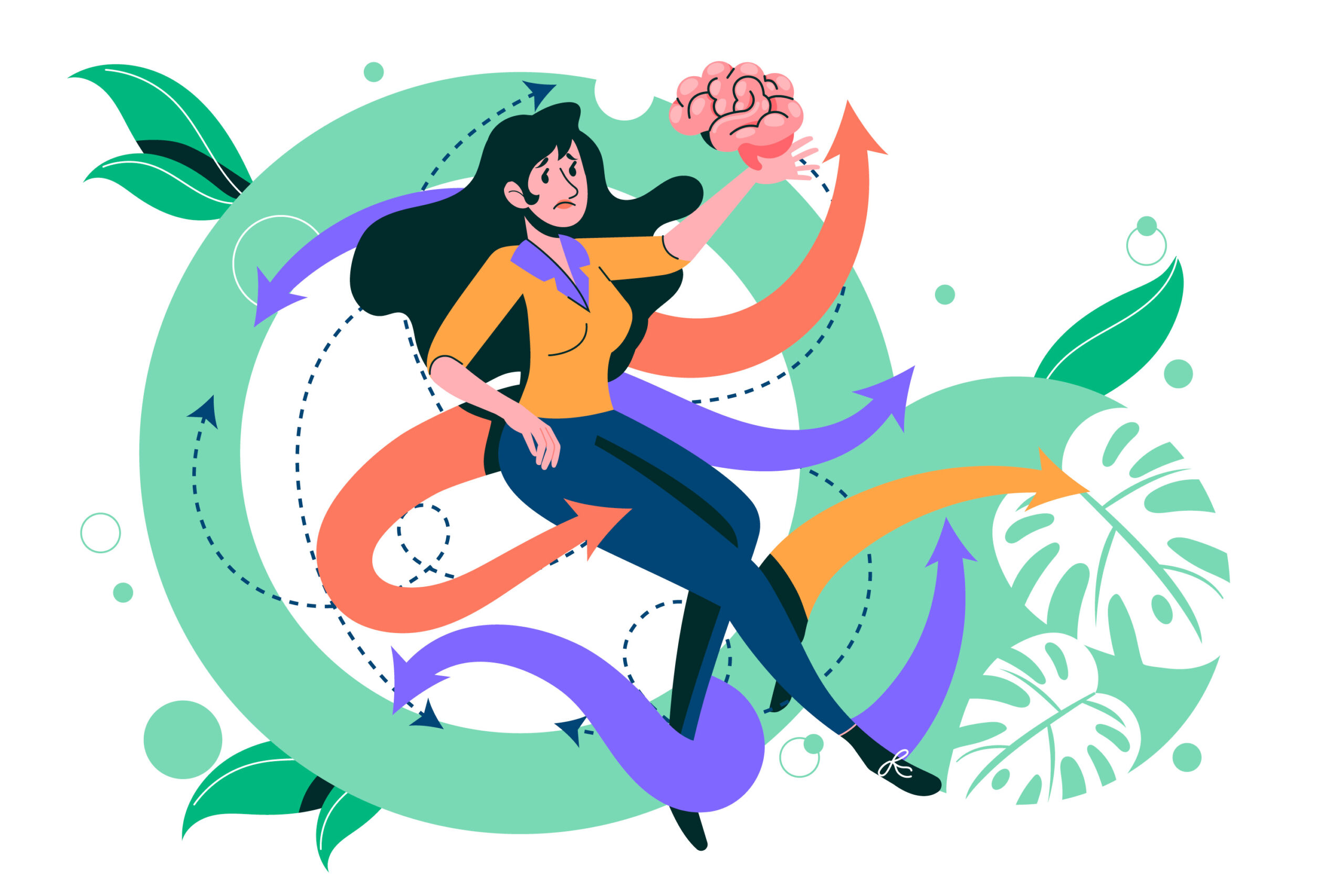Code and design are now inseparably linked in the digital world, where they drive innovation and influence user experiences. Design offers aesthetic appeal, utility, and an emotional connection whereas code adds the framework, functionality, and logic. They work together to create the framework for every digital good or service we use. This blog examines the mutually beneficial link between code and design, emphasizing how they enhance one another and why working together is so important in today’s technologically advanced society.
The Marriage of Form and Function
Code and design are like two sides of the same coin, each dependent on the other to create a cohesive and meaningful experience. Code brings functionality to life, enabling the execution of tasks and interactions. It forms the underlying infrastructure, the algorithms, and the logic that powers applications, websites, and software. On the other hand, design focuses on the visual representation, usability, and user experience. It encompasses the aesthetics, typography, layout, and color schemes that engage users and make an application or website visually appealing.
When code and design work harmoniously, they achieve a balance of form and function. A beautifully designed interface is useless without the underlying code to make it work, while perfectly written code without thoughtful design can alienate users. By collaborating from the beginning, designers and developers can ensure a seamless integration of functionality and aesthetics.
Enhancing User Experience
The ultimate goal of code and design is to enhance the user experience. They work together to create intuitive, user-friendly interfaces that delight and engage users. Code is responsible for ensuring smooth navigation, fast loading times, and responsive interactions. It optimizes performance, minimizes errors, and enables seamless integration with various devices and platforms. Design, on the other hand, focuses on creating visually appealing layouts, intuitive user interfaces, and consistent branding elements. It utilizes user research, information architecture, and visual hierarchy to guide users through the digital experience.
Through collaboration, code and design can anticipate and address user needs. User experience (UX) design takes into account how users interact with the system, and the underlying code implements the necessary functionality to meet those requirements. For example, when a designer creates a navigation menu, it is the code that enables the user to click on a menu item and be redirected to the intended page. The code and design work hand in hand to ensure a seamless and intuitive navigation experience.
Iterative Development and Continuous Improvement
Code and design are iterative processes, constantly evolving and improving over time. They benefit from feedback, data analysis, and user testing to refine and enhance the product. Code allows for flexibility and scalability, enabling developers to add new features, fix bugs, and optimize performance. Design, too, can be iterated upon based on user feedback, changing trends, and evolving needs. By embracing an iterative approach, code and design can continually enhance the user experience and meet the evolving demands of users.
Code and design are crucial in maintaining consistency across platforms. With the rise of responsive design, applications and websites must adapt to various screen sizes and devices. Code facilitates responsive layouts and adaptive interfaces, ensuring a consistent experience regardless of the device being used. Design, on the other hand, creates adaptable visual elements that can scale and reposition themselves based on the screen size. Together, they provide a seamless experience across multiple platforms.
One area where code and design intersect is in the realm of accessibility. Inclusivity should be a core consideration when developing digital products, and both code and design play crucial roles in achieving accessibility standards. Code ensures that the product is compatible with assistive technologies, incorporates proper semantic markup, and follows web accessibility guidelines. Design, on the other hand, focuses on creating visual elements that are easily perceivable, legible, and distinguishable. By working together, code and design professionals can ensure that the product is accessible to users with disabilities, providing equal opportunities and a seamless experience for all.
The relationship between code and design also extends to the realm of innovation. As technology advances, new possibilities emerge, and the boundaries of what can be achieved are constantly pushed. Code enables the implementation of cutting-edge features and functionalities, while design envisions new ways to engage users and deliver memorable experiences. By collaborating closely, code and design professionals can explore innovative ideas, experiment with emerging technologies, and create groundbreaking solutions that captivate users and drive industry advancements.
The concepts of cooperation and knowledge sharing can be applied to code and design. Code reviews, design criticisms, and cross-disciplinary seminars support a learning and development culture. Designers can obtain a greater understanding of the technical limitations and potential of code, while developers can gain insights into design principles and user-centric thinking. This idea-cross-pollination process improves teamwork, produces more sophisticated solutions, and, in the end, results in superior products.
Expanding the collaboration between code and design can lead to even more significant advancements in the digital realm. One area where their collaboration can make a profound impact is in the realm of storytelling. In today’s multimedia-driven world, engaging narratives are essential for capturing the attention of users. Code and design can work together to create immersive storytelling experiences that combine interactive elements, animations, and visual effects. The code provides the interactivity and functionality to navigate through the story, while design sets the stage with captivating visuals and engaging user interfaces. The result is a powerful fusion of code and design that transports users into compelling narratives and leaves a lasting impression.
Another aspect where the collaboration between code and design is crucial is in the realm of user feedback and data analysis. Code can integrate analytics tools and tracking mechanisms that collect valuable data about user interactions, behavior patterns, and preferences. Designers can then leverage this data to inform their design decisions, ensuring that the visual elements and user interfaces are optimized for maximum engagement. By analyzing user feedback and data, both code and design professionals can identify areas for improvement, make data-driven design decisions, and continuously refine the product to meet user expectations.
Additionally, code and design collaboration plays a vital role in creating scalable and maintainable digital solutions. As applications and websites grow in complexity, maintaining a well-organized and efficient codebase becomes crucial. Designers can work closely with developers to create design systems, style guides, and component libraries that promote consistency and streamline development. This collaboration ensures that the code remains clean, modular, and easily maintainable, reducing the likelihood of errors and facilitating future updates and enhancements.
Moreover, code and design collaboration is essential in the context of responsive and adaptive design. With the proliferation of various devices and screen sizes, creating a seamless user experience across different platforms has become a necessity. Code provides the flexibility and adaptability required to handle responsive layouts, fluid grids, and dynamic content. Design, in turn, adapts the visual elements to ensure they look and function optimally across different devices. By collaborating closely, code and design professionals can deliver a consistent experience to users, regardless of whether they access the product on a desktop, tablet, or mobile device.
The interaction of code and design is a potent force that encourages creativity, improves user experiences, and makes it possible to develop game-changing digital solutions. When code and design professionals collaborate, they can combine functionality and aesthetics to build compelling stories, incorporate user input and data, guarantee scalability and maintainability, and provide seamless experiences on a variety of platforms. By fully embracing the enormous potential for collaboration between coding and design, we may open up new avenues and influence the direction of digital experiences.






